It’s been shown that students who study music fare better in math, but what impact might the study of art have on how one sees the world? In this Three for Thursday, three artists give three quite different ways of exploring how artistic creativity can bring a new appreciation for other aspects of life. The answers range from merely seeing more color to a new way of looking at 400-year-old gardens. We asked the artists, “How has art-making changed the way you see?”
Gigi Chen
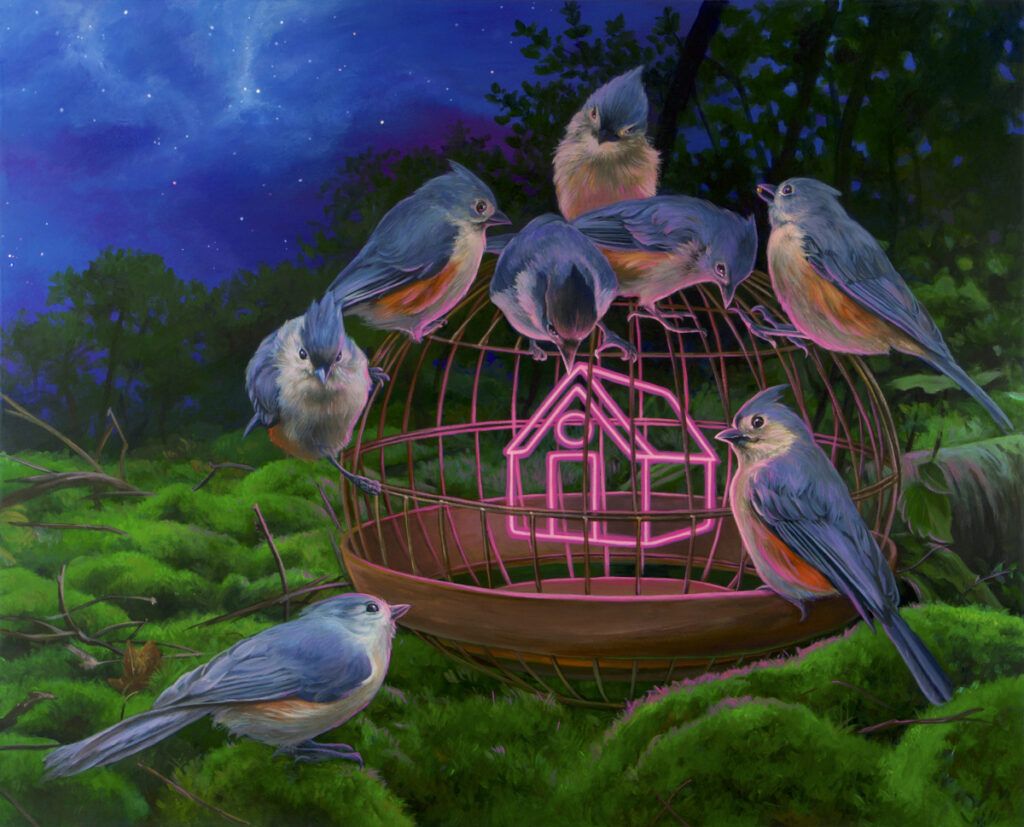
“Art is generally what I am thinking about. When I see a crumbling wall with graffiti, I think about how I might paint it. When I look at a sunset, I think about how I might incorporate those colors into a future piece. I also have recently taken up bird photography and my way of observing birds in the lens is informed by my paintings and vice versa. I generally photograph the birds in a particular way and I edit my photos based on how well they can translate into a painting. Birds are wild creatures and they will do what they want. For those reasons, one of these photographs can ultimately determine how I create a composition.”
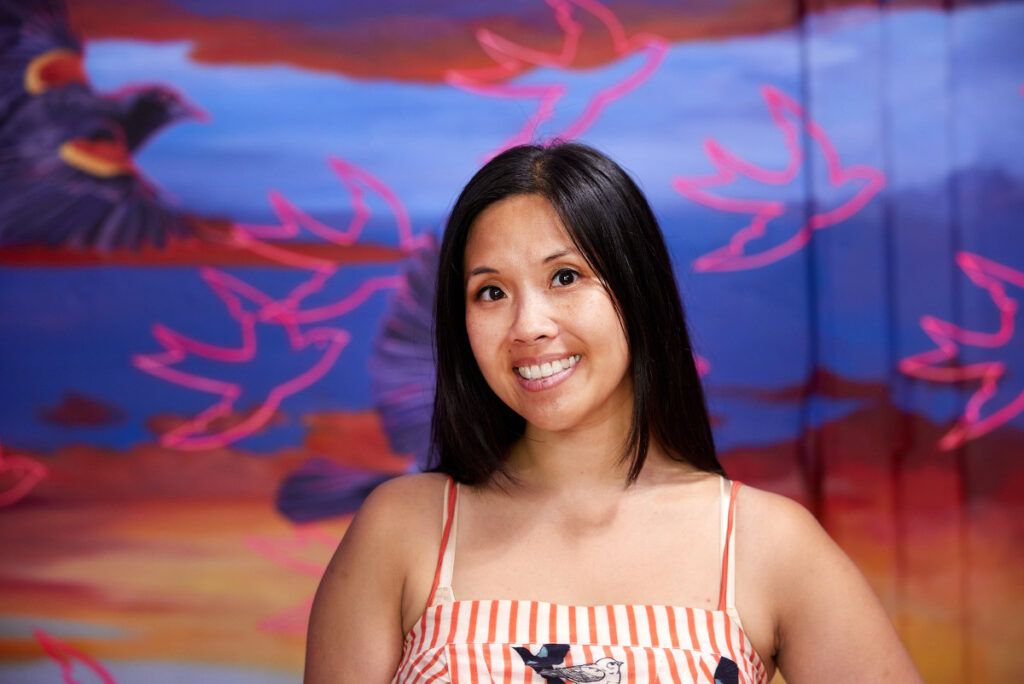
Gigi Chen was born in Guangdong, China and raised in New York City. Gigi’s work combines her training as a traditional animator alongside Old Master painting techniques. Her exhibition credits include Stone Sparrow Gallery, Superfine! Art Fair, Deep Space Gallery and Antler Gallery. She was most recently an Artist in Residence with 4Heads on Governors Island, NYC.
Stephanie Bower
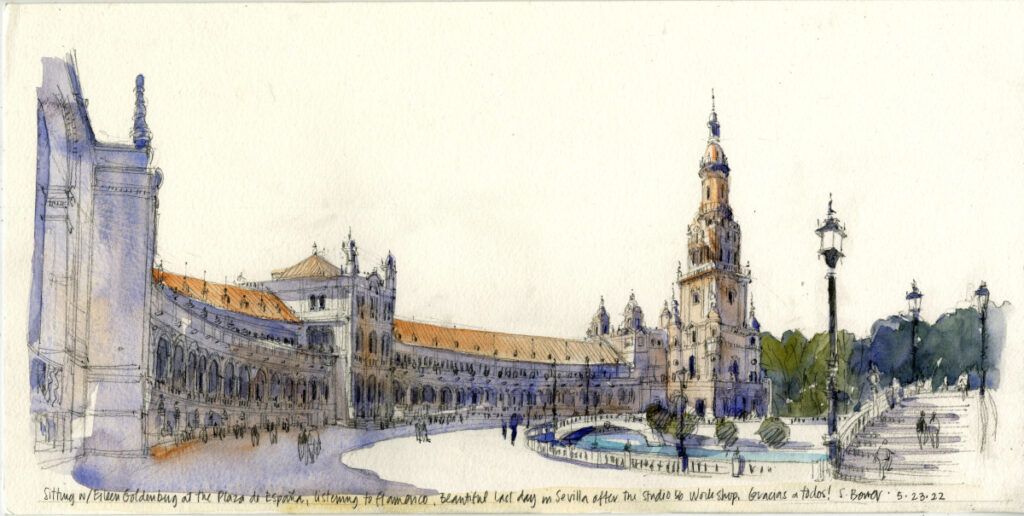
“I sketch to learn about the places I go, so understanding perspective has absolutely changed the way I see the world—I see perspective everywhere! This really hit home when I was in Paris with the Gabriel Prize, a fellowship to Paris to study architecture by drawing it live, on location. I was standing atop the vast gardens at Versailles, blocking out the first lines of a sketch. When I realized that all the lines in the view were converging onto a single point in the distance: the head of a statue of Apollo, the symbol for Louis XIV who built the gardens. I had a true ‘a-ha’ moment! I realized that this is precisely what the landscape architect, Le Nôtre, intended and that he was using perspective to choreograph our experience of the gardens. It was as if I could peer into the mind of Le Nôtre from some 400 years before. Sketching on location teaches us so much more than the click of a camera ever could.”
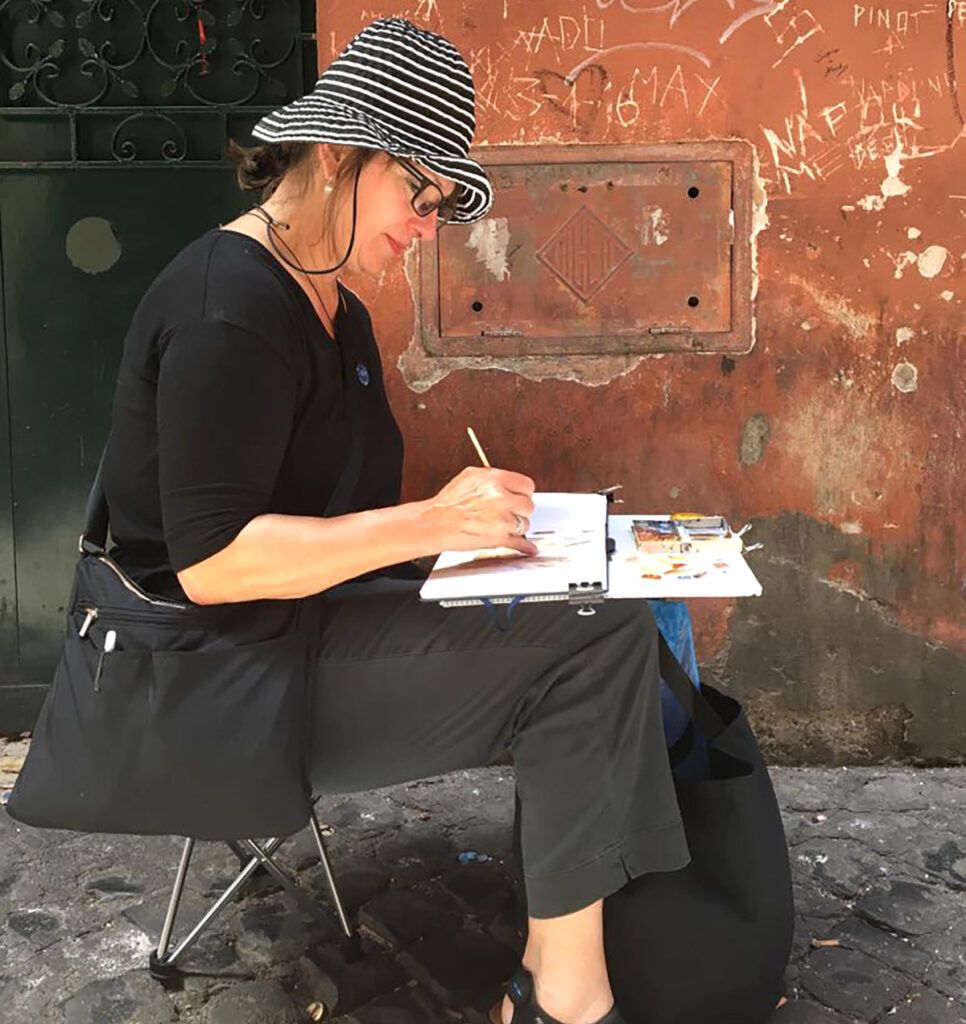
Seattle-based Stephanie Bower worked as a licensed Architect in New York City before gravitating to professional architectural illustration and concept design. She taught the how-to’s of architectural location sketching for over twenty-five years in New York City at Parsons and in Seattle at the University of Washington and Cornish College of the Arts. She is a signature member of the Northwest Watercolor Society and has released five books.
Joseph Gyurcsak
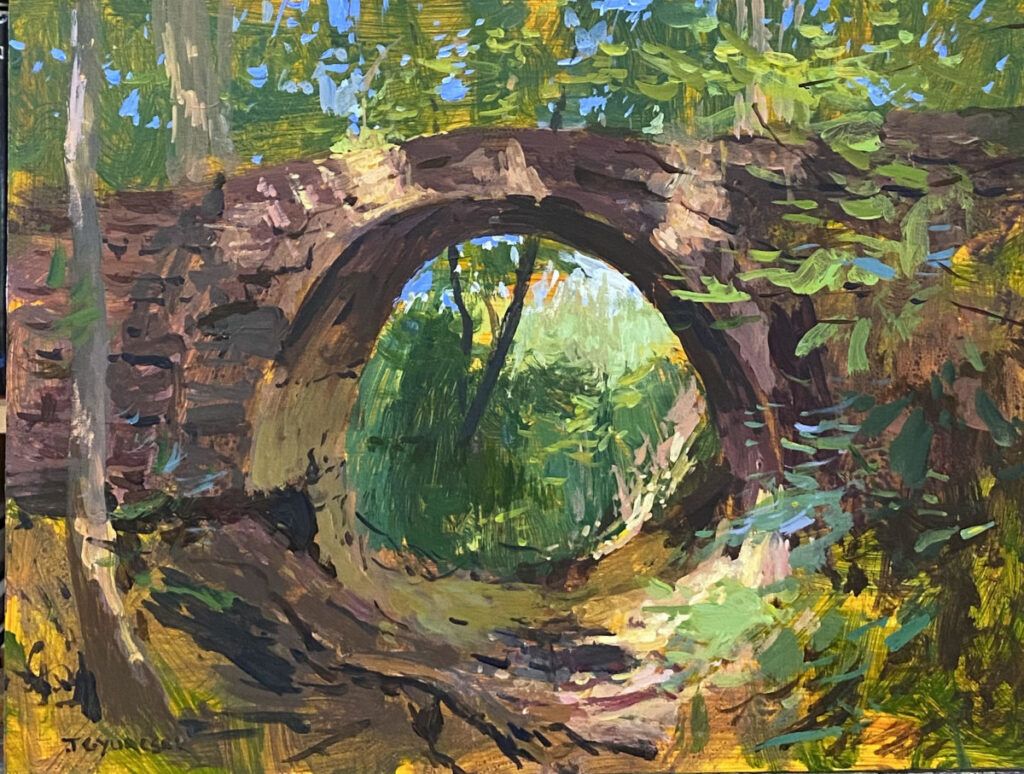
I see light patterns, the color of light and color energy. As an artist, these are special gifts in seeing the world around me. In 1990, I was painting in a field and began to understand and see these light sensations in the landscape. It changed my way of thinking and painting at that very moment.
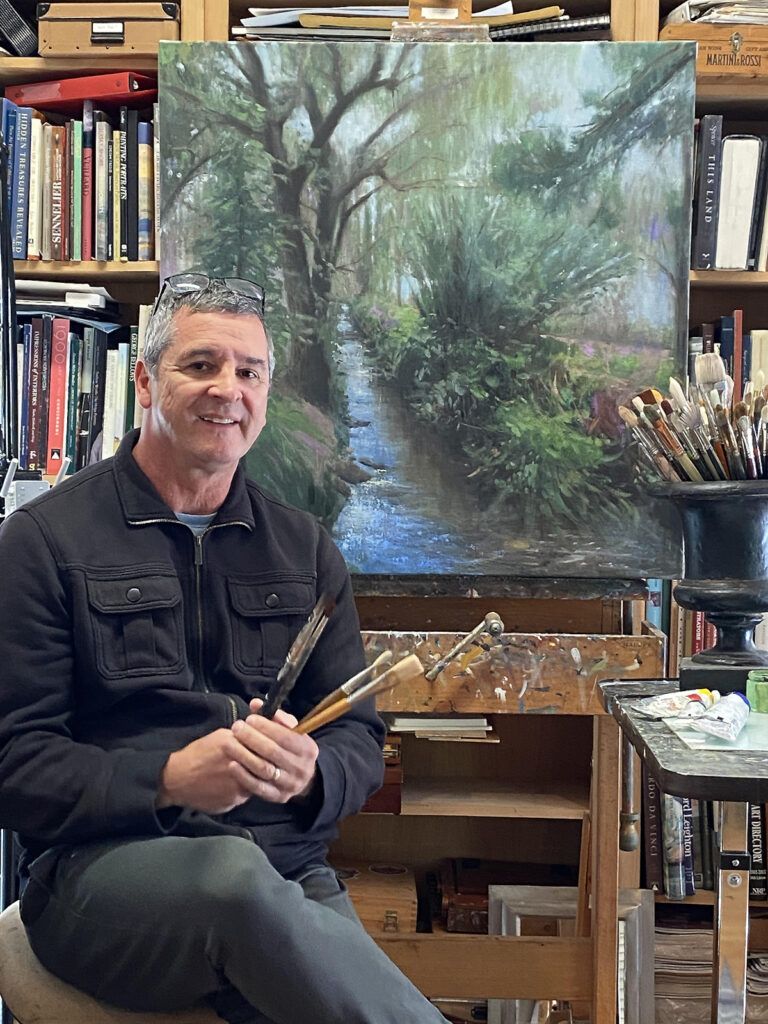
Joseph Gyurcsak paints a broad range of subject matter including interiors, still life, figurative and plein air landscape painting. He studied at Parsons School of Design and The School of Visual Arts in New York. He is a Resident Artist with Blick / Utrecht Art Materials, an American Impressionist Society Signature Artist and an Oil Painters of America Signature Artist.










More Stories
All About Watercolor Granulation by Sarah Becktel
Interview with Lisa-Marie Price | Rise Art
3 Tips to Use TRUST to Grow Your Art — Caryl Fine Art